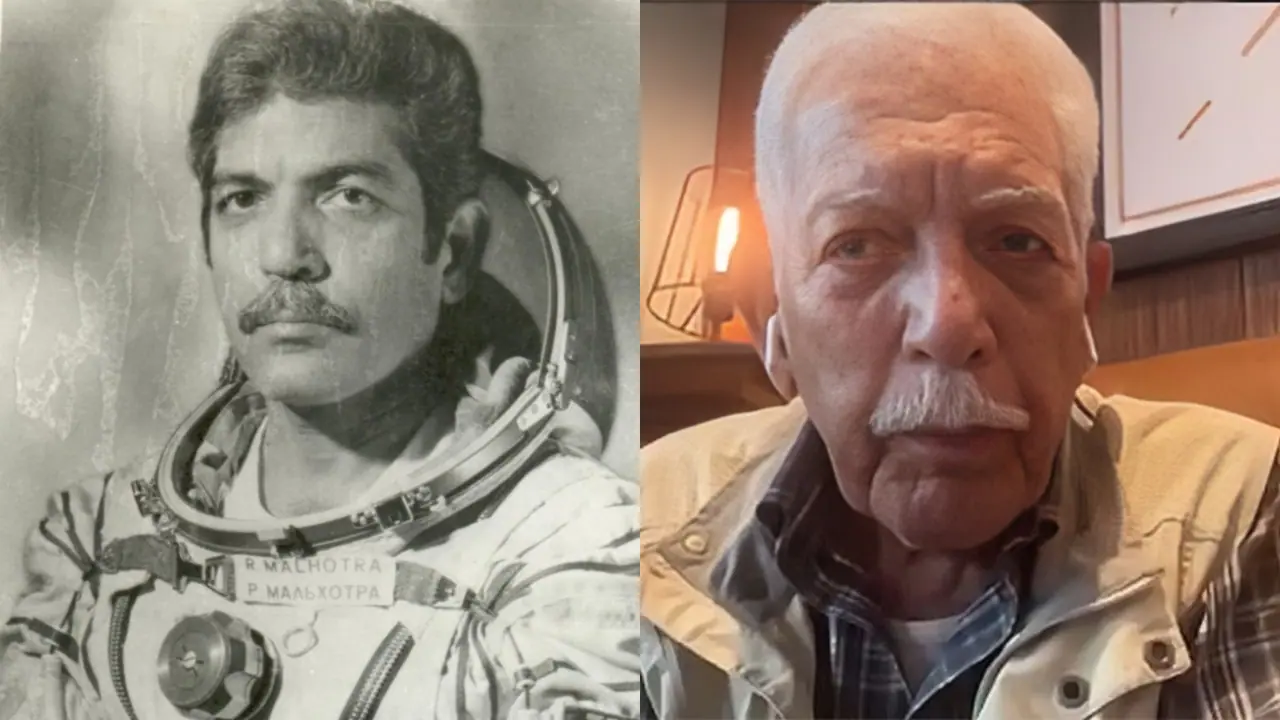Air Commodore (Retd) Ravish Malhotra was one decision away from being India’s first astronaut. This is the untold story of a decorated war hero who trained for space but stayed grounded in history books.
When we speak of India’s space journey, one name always comes to mind, Wing Commander Rakesh Sharma, the first Indian in space. But behind that historic moment lies a lesser-known but equally remarkable figure: Air Commodore (Retd) Ravish Malhotra, the backup astronaut who trained for two years but never flew. This is his untold story.

A childhood dream detoured by eyesight
Ravish Malhotra never dreamed of joining the skies, he actually wanted to join the Indian Navy. But during selection, he was told that his eyesight didn’t meet naval standards. “They were running short of air force cadets. So, I said alright, and that’s how I joined the air force and the fighter stream,” he recalled.
That unexpected redirection would shape the rest of his life, both in war and space.
A war hero with nerves of steel
Malhotra served as a fighter pilot in the 1971 Indo-Pak war, where he survived heavy anti-aircraft fire while attacking tanks in the Chamb-Jaurian sector of West Pakistan.
“In the cockpit, you hear a lot of thud thud thud. But I was lucky that nothing came through,” he recounted.
His performance and skill would eventually lead to one of the rarest opportunities in the Indian military, the chance to go to space.
Chosen for space: India’s Intercosmos journey
After the war, the Indian government decided to join the Soviet Intercosmos Programme and send one Indian to space. The mission was clear, find the fittest, most disciplined fighter pilots.
From a pool of 20, Ravish Malhotra and Rakesh Sharma were among the final four selected to travel to the USSR for advanced astronaut training. Eventually, the two were chosen for full mission preparation.
Training in Russia: Language, yoga and space drills
For two years, the duo trained in Russia, learning to speak Russian, mastering complex space systems, and practicing various space experiments, including testing the effects of yoga in microgravity.
It was a tough and immersive programme but one with only a single seat.
The decision: who would fly?
Halfway through the training, the decision was made.
Rakesh Sharma would fly aboard Soyuz T-11 on April 2, 1984. Ravish Malhotra would be his backup.
“I was disappointed, but you accept it and move on with the mission,” Malhotra recalled, with quiet dignity.
While Sharma entered orbit and spoke the iconic words “Sare Jahan Se Achha” to Prime Minister Indira Gandhi, Malhotra stayed on Earth, supporting the mission from behind the scenes.
Recognition, reflection and what lies ahead
Despite not flying, Malhotra was honoured and celebrated after the mission. Alongside Sharma, he travelled across India, meeting students and inspiring a new generation of Indians to dream big.
When asked whether India should send more astronauts, Malhotra responded with conviction: “If the government has decided, yes, we are going to do it and Prime Minister Narendra Modi has taken that call, there is no reason why we should not be able to do it. Because I am sure, we have the technology.”
A call to remember the unsung heroes
History remembers those who take the final step, but sometimes forgets those who paved the way. Ravish Malhotra, decorated war veteran, astronaut-in-training, and national hero, was just one seat away from space.
As India prepares for its next human spaceflight mission under Gaganyaan, it’s important to remember the unsung pioneers like Malhotra who stood ready, trained hard, and carried the mission with quiet grace.
In the grand story of Indian spaceflight, their chapter may be untold, but it is far from forgotten.


